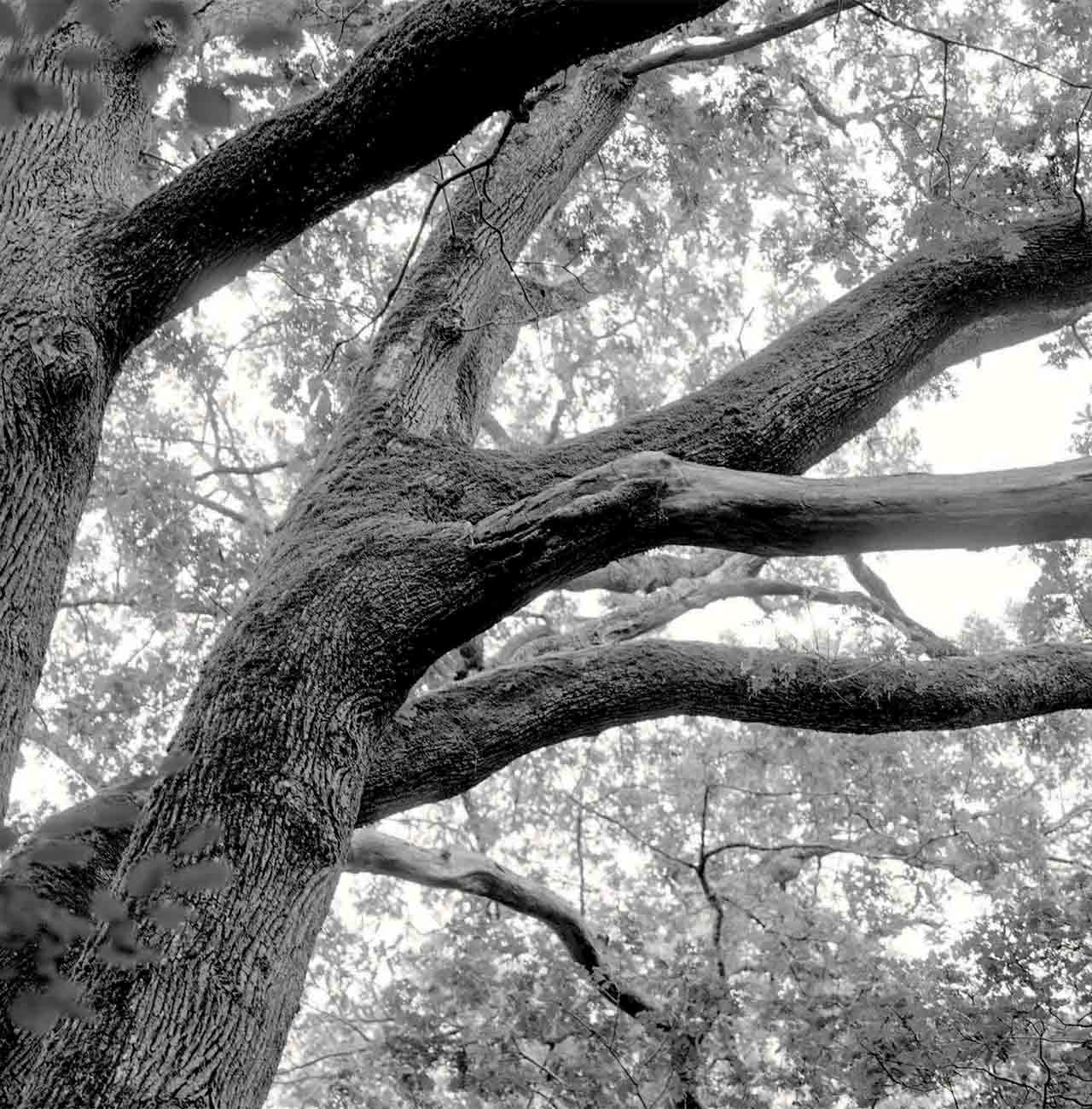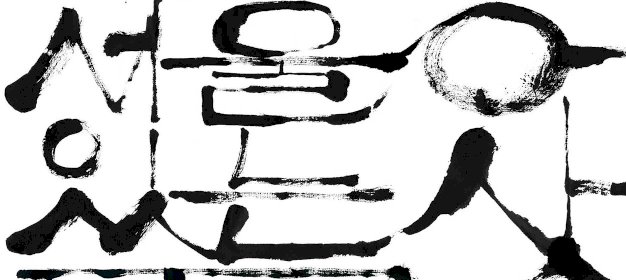Portrait 1
He is a contemplat ive lover of natur e who spends most
of his time in woods and forests.
See details
.
He is a contemplative lover of nature who spends most of his time in woods and forests. He is fascinated by trees and has made this fascination his trade.
His close observation and unflagging quest make of him an eternal traveler.
Photographs by Charly Gosp
Texts by François-Claire Prodhon
Close

Christophe is said to be a “hunter of trees” even though his work, far from being predatory, makes him a “gatherer.”
His expertise is not widely known, but he is the essential link in a long chain stretching from the woodland to the creation of a piece of furniture or a decorative panel… “I dislike cutting down trees,” he concedes; but he resigns himself to doing so when a tree is too old and vulnerable, and when giving it a new life is the only way to perpetuate its nobility.
It happens that a tree falls on its own. “When a tree reaches maturity, I gather or remove it,” he explains. “I try to transcend its wisdom and its poetry.”
.

All year long, Christophe travels across France, mainly the western portion of the country, looking for forests, château grounds and villages, a road trip covering hundreds of kilometers and interspersed with a host of encounters.
When he is called, he travels to wherever his services are required, often for a single tree – even when it’s not worth the trouble, he confesses. His profession is above all a matter of human relations, as if trees and humans found nourishment in the same sap. He spends a lot of time in the forest, but not because he shuns his fellow human beings – in fact he invites us to come along.
So here we are walking by his side in the woods near Fougères in Brittany. A whole world opens up, a world he likes to share and show or, more precisely, feel. His intimate knowledge of trees is equaled only by his sensitivity to them: he has a kind of intuitive approach to trees, he can fathom what is hidden under the bark, he is capable of deciphering all their singularities, all the nuances of their beauty. He is strongly affected by this plant life, the scale of which surpasses the scale of our own lives. Christophe speaks of trees being “much older than us”, markers of time, “humanity’s memory,” and then shares this thought: “In an old piece of wood there is a form of wisdom; the trees that I gather are often four times as old as I am; they are permeated by their long life experience.”
Christophe is not only an introspective man who finds the splendor of nature compelling; he considers himself a man in pursuit of meaning. It’s not a matter of sparing certain trees the likely fate of ending up as firewood; it’s about establishing a link, a natural continuity that extends from the forest to a furnished room where the wood, elevated by the cabinetmaker’s craft, finds a new purpose as an element of furniture.
.



“I dislike cutting down trees,” he concedes; but he resigns himself to doing so when a tree is too old and vulnerable, and when giving it a new life is the only way to perpetuate its nobility.
Here at the foot of the trees, Christophe suggests that we look up and humbly observe the green treetops. He confesses that he casts an anthropomorphic eye on them and that he likes to put himself in the place of these trees that teach him so much about human beings.

Here at the foot of the trees, Christophe suggests that we look up and humbly observe the green treetops. He confesses that he casts an anthropomorphic eye on them and that he likes to put himself in the place of these trees that teach him so much about human beings.
“I dislike cutting down trees,” he concedes; but he resigns himself to doing so when a tree is too old and vulnerable, and when giving it a new life is the only way to perpetuate its nobility.

Discover other

Liaigre creation

